T R A N Q U I L A R T F L O A T T R A N Q U I L A R T F L O A T T R A N Q U I L A R T F L O A T T R A N Q U I L A R T
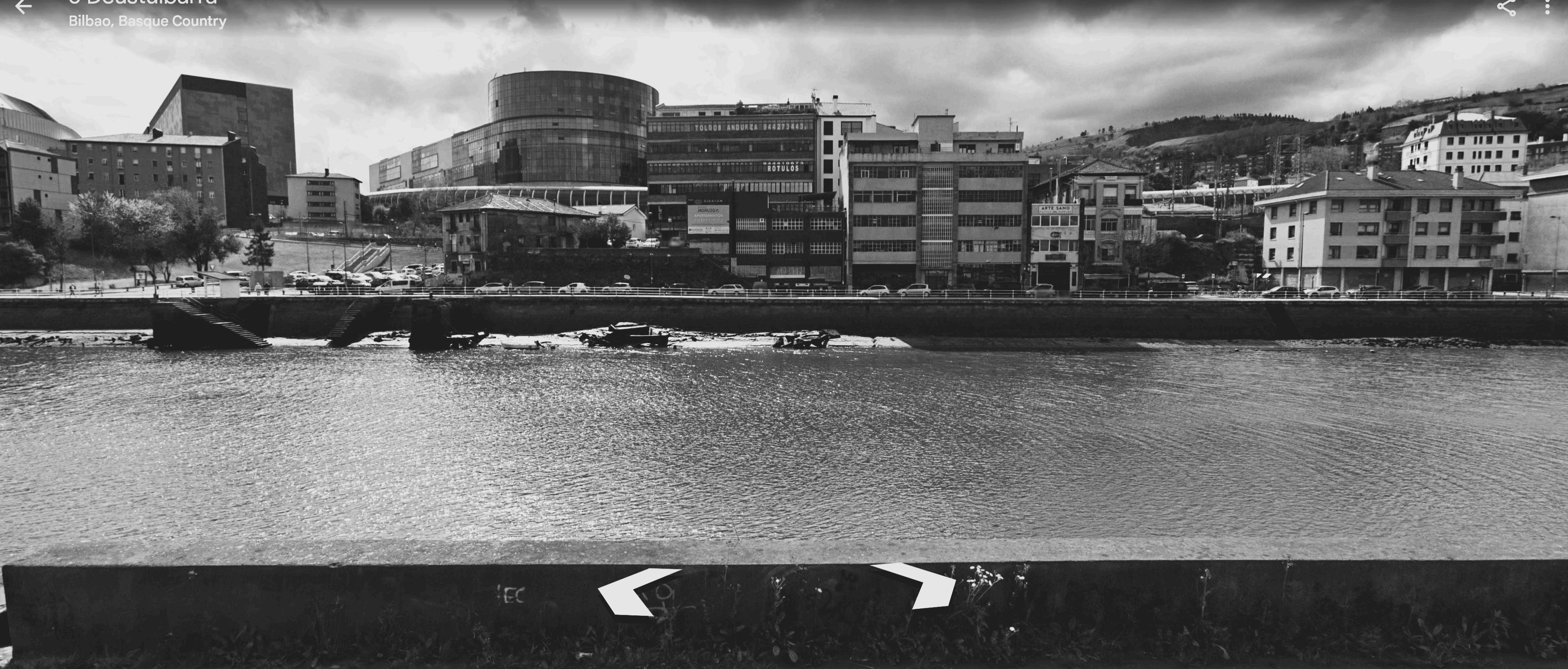

INDUSTRIAL ARCHITECTURE:
Bilbao experienced rapid industrialization in the 19th and early 20th centuries, leading to the construction of numerous industrial buildings along the Nervion River The most iconic industrial structure in Bilbao is the Guggenheim Museum Bilbao, designed by architect Frank Gehry and opened in 1997. This titanium-clad masterpiece transformed the city's waterfront and became an international symbol of Bilbao's revitalization
MODERNIST ARCHITECTURE:
Like many European cities, Bilbao saw the emergence of modernist architecture in the late 19th and early 20th centuries. Examples of modernist buildings can be found throughout the city, with notable architects such as Ricardo Bastida leaving their mark
The Bilbao City Hall, designed by architect Joaquín Rucoba, is an important example of modernist architecture in the city, featuring ornate detailing and a grand facade.
CONTEMPORARY ARCHITECTURE:
In recent decades, Bilbao has undergone significant urban renewal and redevelopment, resulting in the construction of contemporary architectural landmarks. Besides the Guggenheim Museum, other notable contemporary buildings include the Euskalduna Conference Centre and Concert Hall, designed by Federico Soriano and Dolores Palacios, and the Isozaki Atea Towers, designed by Japanese architect Arata Isozaki.
SUSTAINABLE ARCHITECTURE:
Bilbao has also embraced sustainable architecture and urban design principles in its recent development projects The Iberdrola Tower, designed by Cesar Pelli, is a prime example of sustainable architecture, featuring energy-efficient design elements and renewable energy systems. Overall, Bilbao's architectural history is a blend of tradition, industrial heritage, modernism, and contemporary innovation, reflecting the city's dynamic evolution and cultural identity
S U S T A I N A B I L I T Y
Here are some ways in which Bilbao has incorporated sustainability into its architectural initiatives:
GREEN BUILDING STANDARDS:
Bilbao has implemented green building standards and certifications for new construction projects. These standards promote energy efficiency, water conservation, and the use of sustainable materials in building design and construction.
RENEWABLE ENERGY:
Many new buildings in Bilbao incorporate renewable energy systems such as solar panels, wind turbines, and geothermal heating and cooling. These systems help reduce dependence on fossil fuels and lower carbon emissions.
ENERGY-EFFICIENT DESIGN:
Architects and developers in Bilbao prioritize energy-efficient design strategies to minimize energy consumption and maximize natural light and ventilation. Features such as highperformance insulation, efficient HVAC systems, and energy-saving lighting contribute to lower energy usage in buildings
GREEN ROOFS AND URBAN GREEN SPACES:
Bilbao promotes the installation of green roofs and the creation of urban green spaces to mitigate the urban heat island effect, improve air quality, and enhance biodiversity. Green roofs also provide additional insulation and reduce stormwater runoff.
PUBLIC TRANSPORTATION AND WALKABILITY:
Bilbao emphasizes the importance of public transportation and walkability in urban planning to reduce reliance on cars and minimize greenhouse gas emissions The city has invested in expanding its public transit system, including metro, tram, and bus networks, to provide convenient and sustainable transportation options for residents and visitors
ADAPTIVE REUSE AND HISTORIC PRESERVATION:
Bilbao values the adaptive reuse of historic buildings and industrial structures, preserving cultural heritage while minimizing the environmental impact of new construction. Adaptive reuse projects breathe new life into old buildings, reducing waste and conserving resources
By embracing sustainable architecture and urban planning principles, Bilbao aims to create a more resilient, livable, and environmentally friendly city for current and future generations
S U S T A I N A B I L I T Y
Within my proposal I intend to focus on sustainability in assoiciation with my material selection In my design I aim to use the followimg materials to promote environmentally friendly building practices and reduce the environmental impact of urban development
r e c y l e d c o n c r e t e
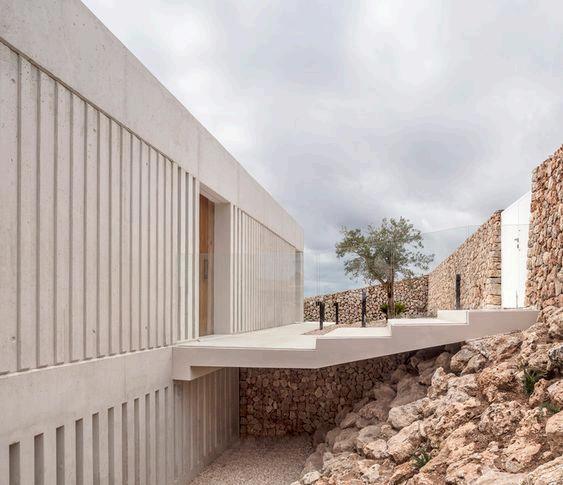
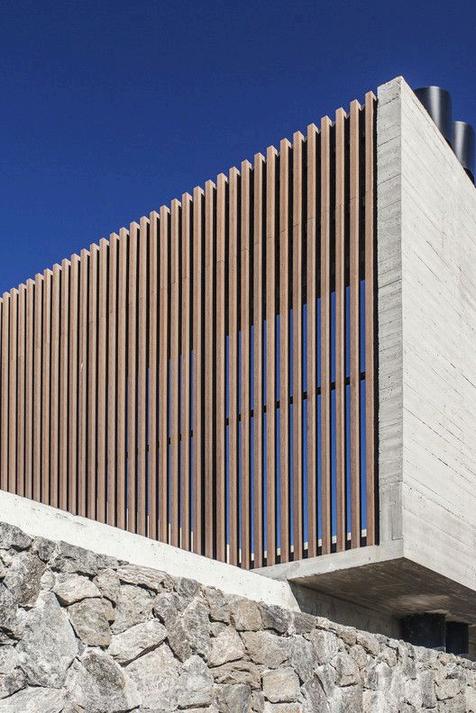
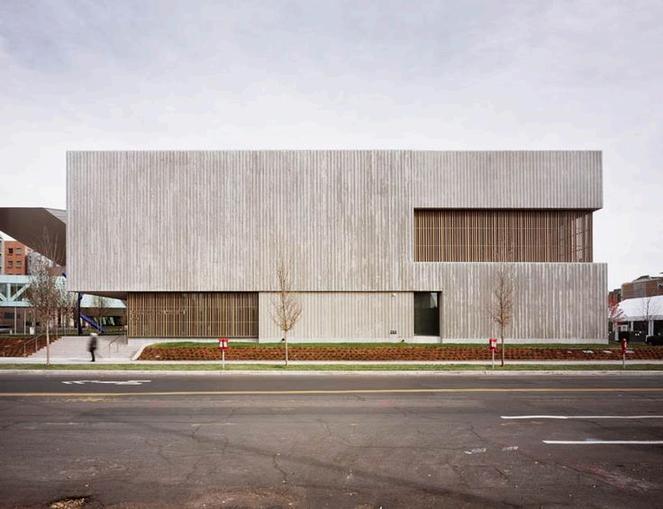
Builders in Bilbao often incorporate recycled and reclaimed materials into construction projects to reduce the demand for new resources and minimize waste. Recycled concrete, reclaimed wood, and salvaged metal are examples of materials that can be repurposed for building purposes
g r e e n r o o f
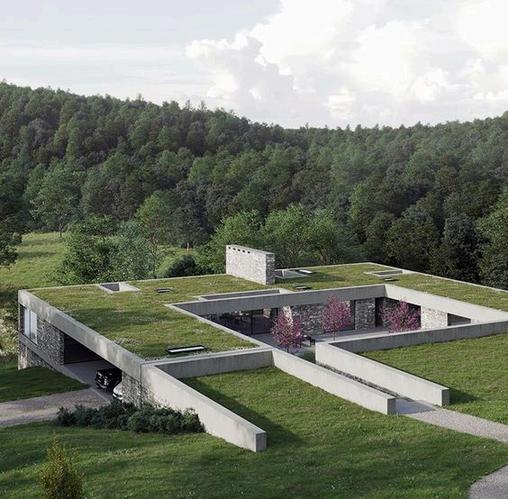
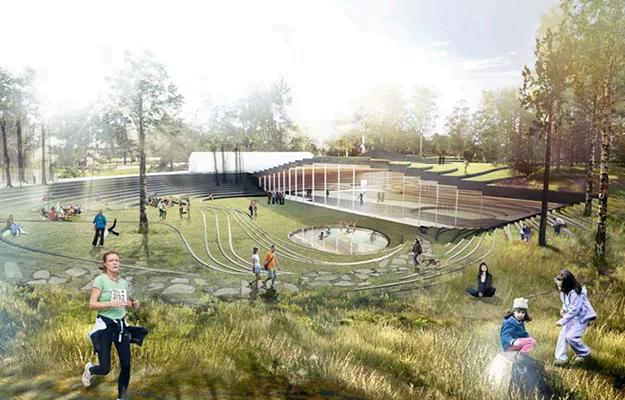
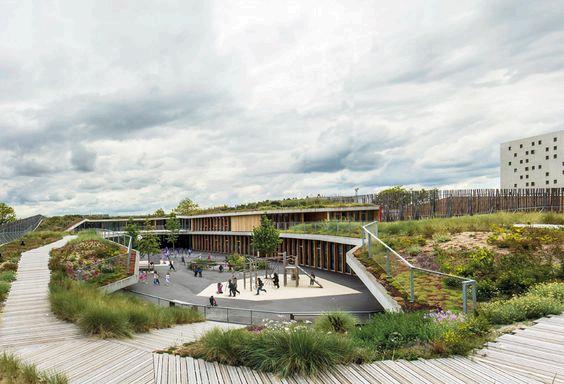
Green roofs, which consist of vegetation planted on building rooftops, are increasingly popular in Bilbao for their ability to improve insulation, reduce stormwater runoff, and enhance biodiversity Sustainable roofing materials such as recycled metal, clay tiles, or photovoltaic panels are also used to minimize environmental impact
M A T E R I A L S E L E C T I O N
To reduce environmental impact, support the local economy, and contribute to the region’s architectural identity it was crucial to select local materials to Bilbao, Spain within my proposal
b a s q u e l i m e s t o n e
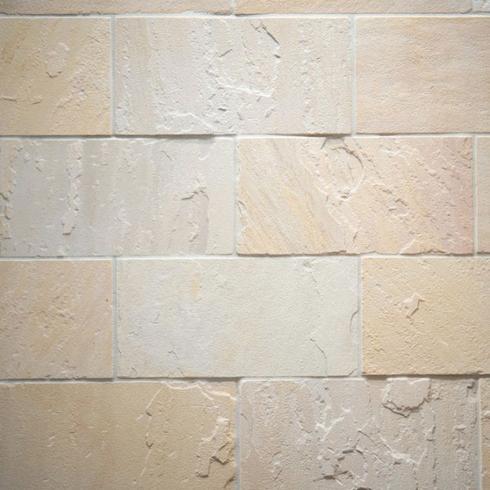
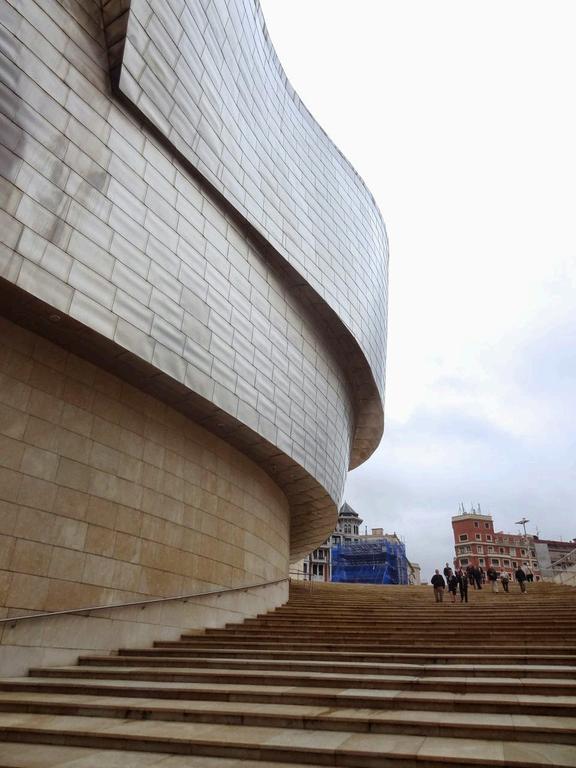
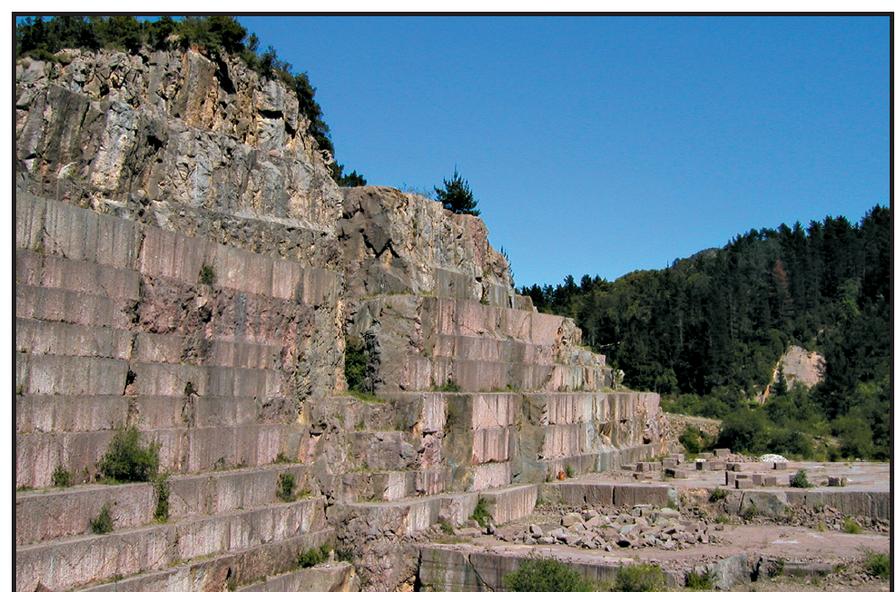
Builders in Bilbao often incorporate recycled and reclaimed materials into construction projects to reduce the demand for new resources and minimize waste. Recycled concrete, reclaimed wood, and salvaged metal are examples of materials that can be repurposed for building purposes
s l a t e
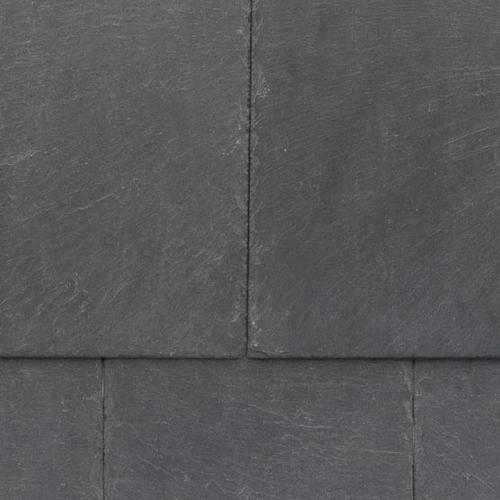
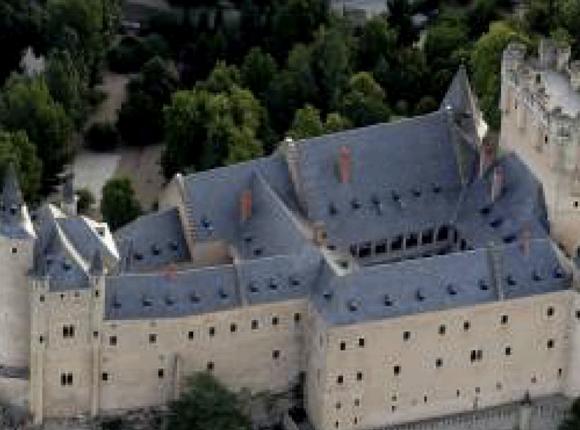

Roofing slate from the town of Bernardos can be found in most buildings erected by the Spanish monarchy from the 16th to 19th centuries, making it a highly important component of Spain’s architectural heritage. The quarries are located outside Bernardo's Bernardos phyllite has a set of specific characteristics that make it a unique rock which is clearly distinct from other roofing slates These particular features, together with the history and singularity of the outcrops, make it an ideal candidate for Global Heritage Stone Resource (GSHR) status.
M A T E R I A L S E L E C T I O N
t i m b e r c l a d d i n g
B i l b a w o o d e n w a l k w a y
This is a wooden structure which runs along the hills terrain This contextual material has inspired me to use timber battens on the facade of my scheme I have also implemented this material as wooden decking which related to the river
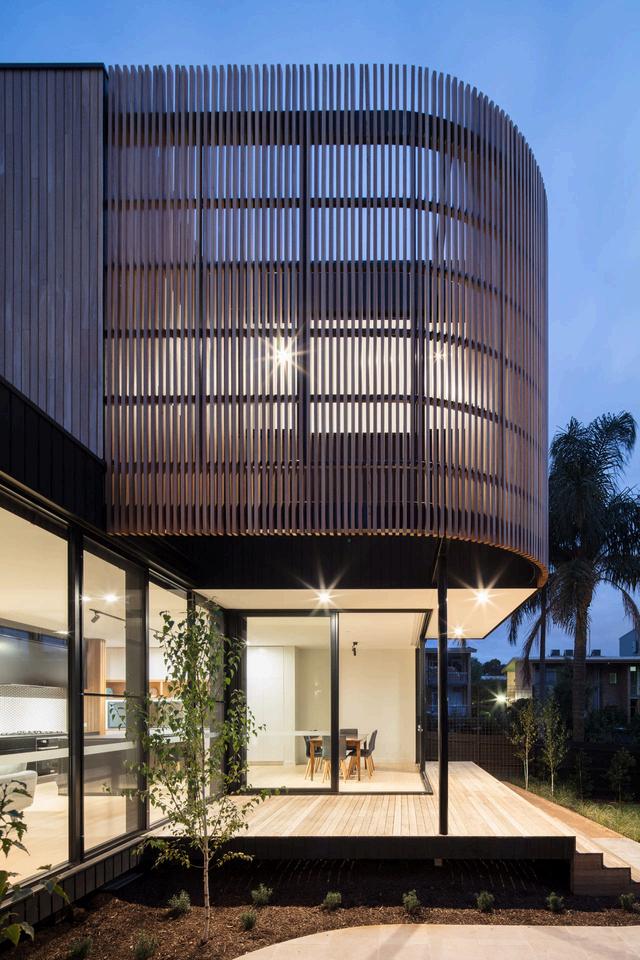

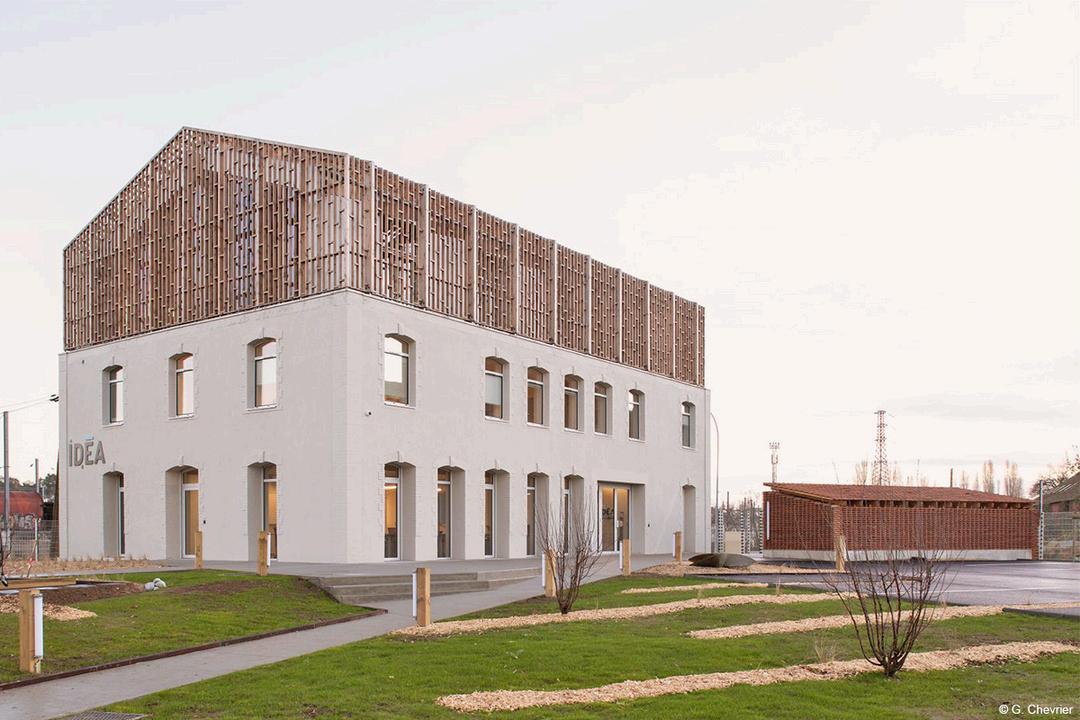
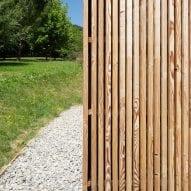
Timber and wood products sourced from sustainably managed forests are favored for their renewable nature and low environmental impact Builders in Bilbao may use wood certified by organizations such as the Forest Stewardship Council (FSC) to ensure responsible forestry practices. Timber from the Basque forests will be used for the structure and cladding of the proposed scheme
S U S T A I N A B I L I T Y
OTHER FACTORS I WILL AIM TO IMPLEMENT ARE: h i g h p e r f o r m a n c e
Builders prioritize the use of building materials with low emissions of volatile organic compounds (VOCs) to maintain indoor air quality and minimize health risks for occupants Low-VOC paints, adhesives, and sealants are commonly used in construction projects in Bilbao.
Energy-efficient glazing and windows with high thermal performance ratings help reduce heat loss and improve natural daylighting in buildings Double or triple-glazed windows with low-emissivity coatings are commonly used to enhance energy efficiency in Bilbao's buildings.
Natural and Eco-friendly Finishes: Builders may opt for natural and eco-friendly finishes such as clay plasters, lime washes, or sustainable flooring materials like bamboo or cork to create healthier indoor environments and reduce the use of synthetic chemicals.
Insulation materials with low environmental impact, such as cellulose insulation made from recycled paper or natural wool insulation, are used to improve energy efficiency and reduce heating and cooling needs in buildings
Introduction:
D E S I G N S T A T E M E N T
"Tranquil
Art Float”
"Tranquil Art Float” is envisioned as a cutting-edge sustainable art gallery nestled within the vibrant cultural landscape of Bilbao, Spain. My design philosophy revolves around seamlessly integrating sustainability, innovation, and artistic expression to create a space that not only showcases captivating artworks but also serves as a beacon of environmental stewardship and social responsibility
Sustainability Goals:
Environmental Responsibility: The gallery prioritizes environmental sustainability by minimizing its ecological footprint through energy-efficient design, renewable energy integration, and resource conservation measures. My goal is to achieve net-zero energy consumption and minimize waste generation throughout the gallery's lifecycle.
Material Selection: I was committed to using sustainable and locally sourced materials that minimize embodied carbon and promote circularity. Recycled and reclaimed materials will be incorporated wherever possible, and we will prioritize low-impact materials with high durability and recyclability.
Passive Design Strategies: Passive design principles will be employed to optimize natural light, ventilation, and thermal comfort within the gallery space. Strategic orientation, shading devices, and high-performance glazing will help reduce energy consumption while enhancing the visitor experience
Green Infrastructure: "Tranquil Art float" will feature green roofs, vertical gardens, and rainwater harvesting systems to mitigate urban heat island effects, promote biodiversity, and manage stormwater runoff. These green infrastructure elements will not only enhance the gallery's aesthetic appeal but also contribute to the local ecosystem
Adaptive Reuse: Embracing the rich industrial heritage of Bilbao, "Tranquil Art Float" will repurpose an existing industrial building, breathing new life into the historic fabric of the city while minimizing embodied energy and construction waste Adaptive reuse aligns with our commitment to sustainable urban development and cultural preservation.
Innovative Features:
Integrated Photovoltaics: The gallery's facade will incorporate photovoltaic panels to generate renewable energy onsite, reducing reliance on grid-based electricity and demonstrating a commitment to clean energy production
Dynamic Environmental Monitoring: Cutting-edge sensors and monitoring systems will track indoor air quality, temperature, and energy usage in real-time, enabling proactive management of environmental conditions and optimizing operational efficiency
Interactive Sustainability Exhibits: "Tranquil Art Float" will feature interactive exhibits that educate visitors about sustainable design principles, renewable energy technologies, and environmental conservation efforts. These exhibits will inspire and empower individuals to embrace sustainability in their daily lives
Conclusion:
"Tranquil Art Float" represents a bold vision for a sustainable art gallery that seamlessly integrates environmental stewardship, artistic expression, and community engagement By embracing innovative design strategies and sustainable practices, we aim to set a new standard for cultural institutions in Bilbao and inspire positive change towards a more sustainable future.
